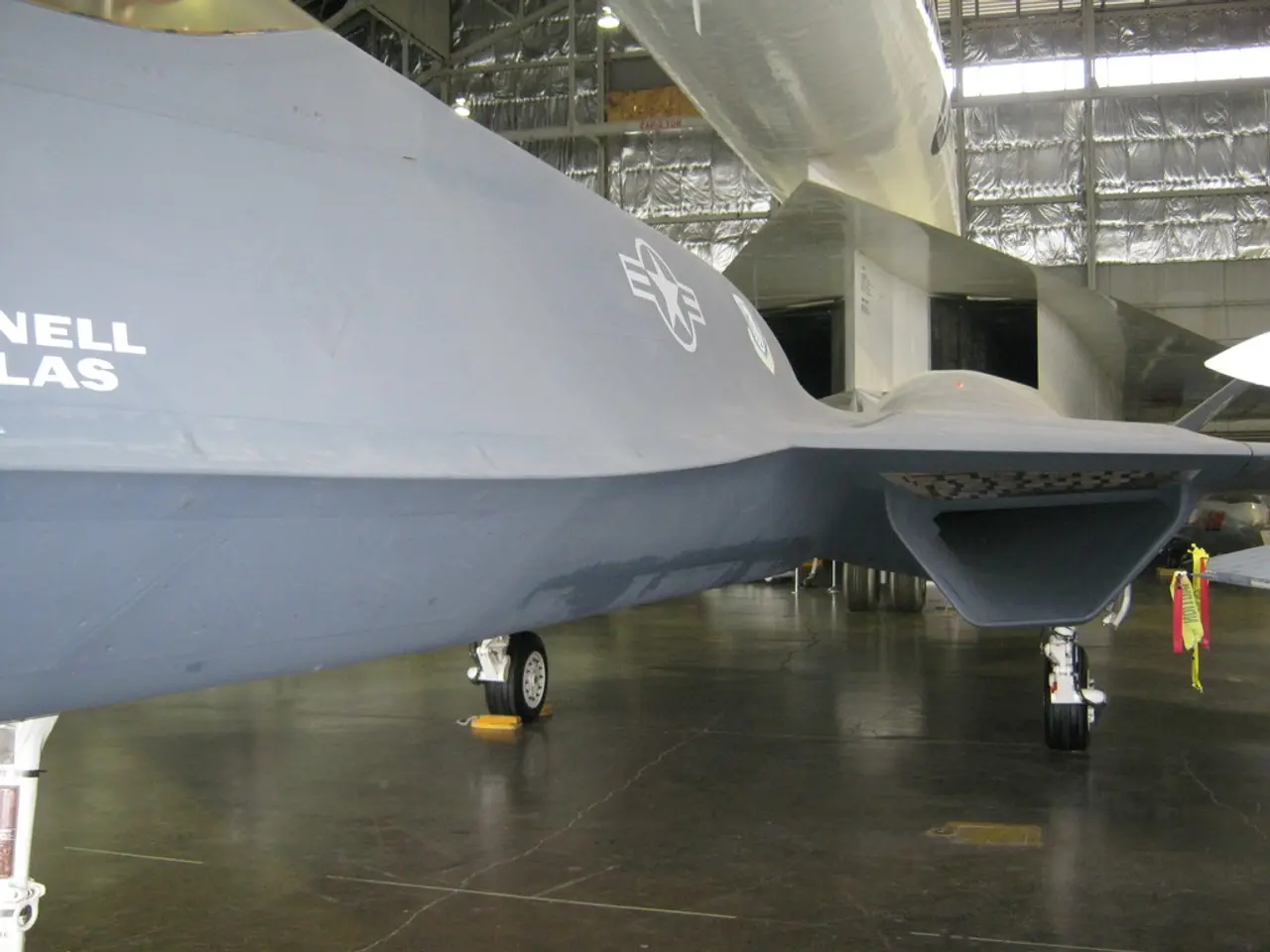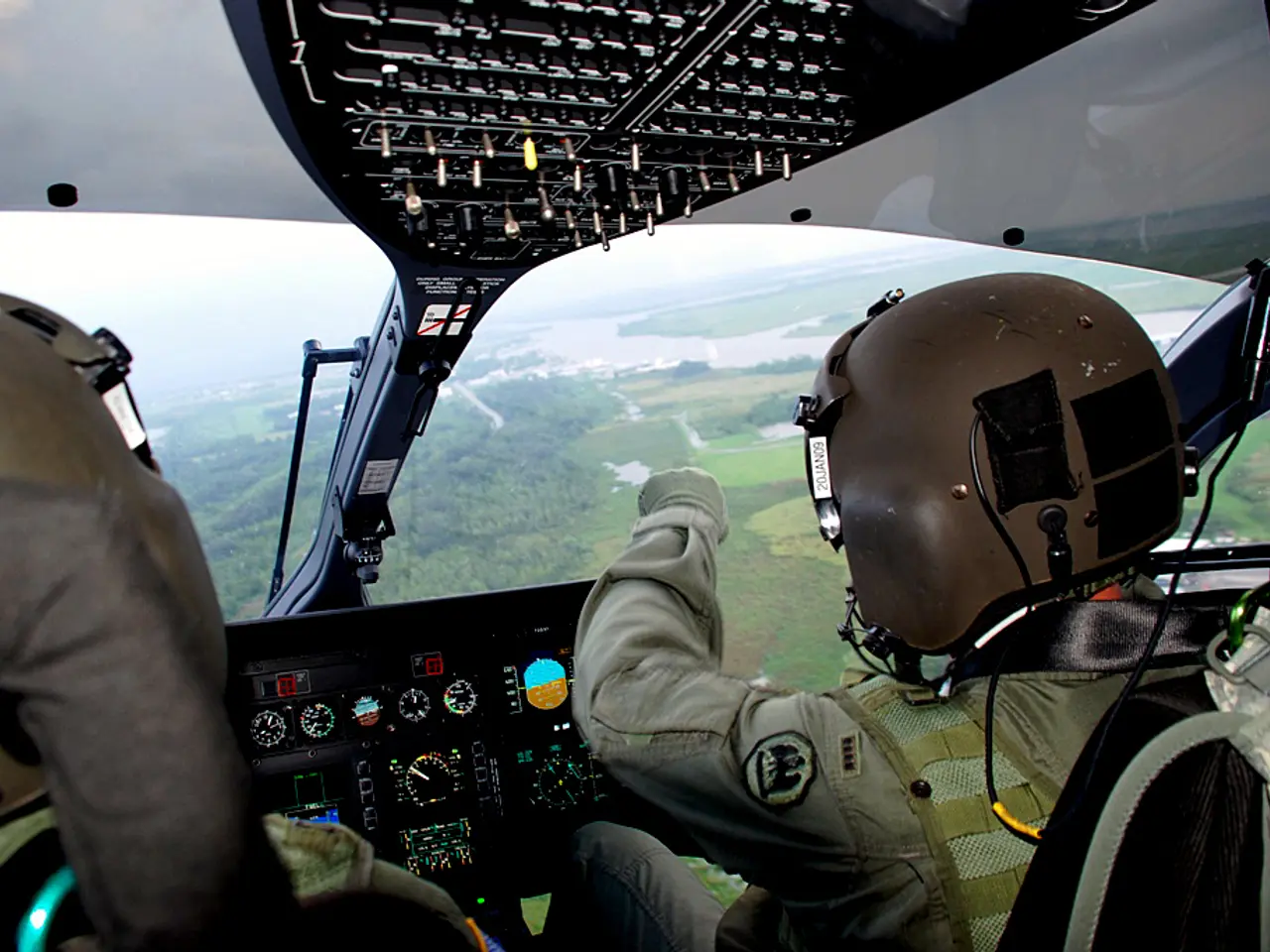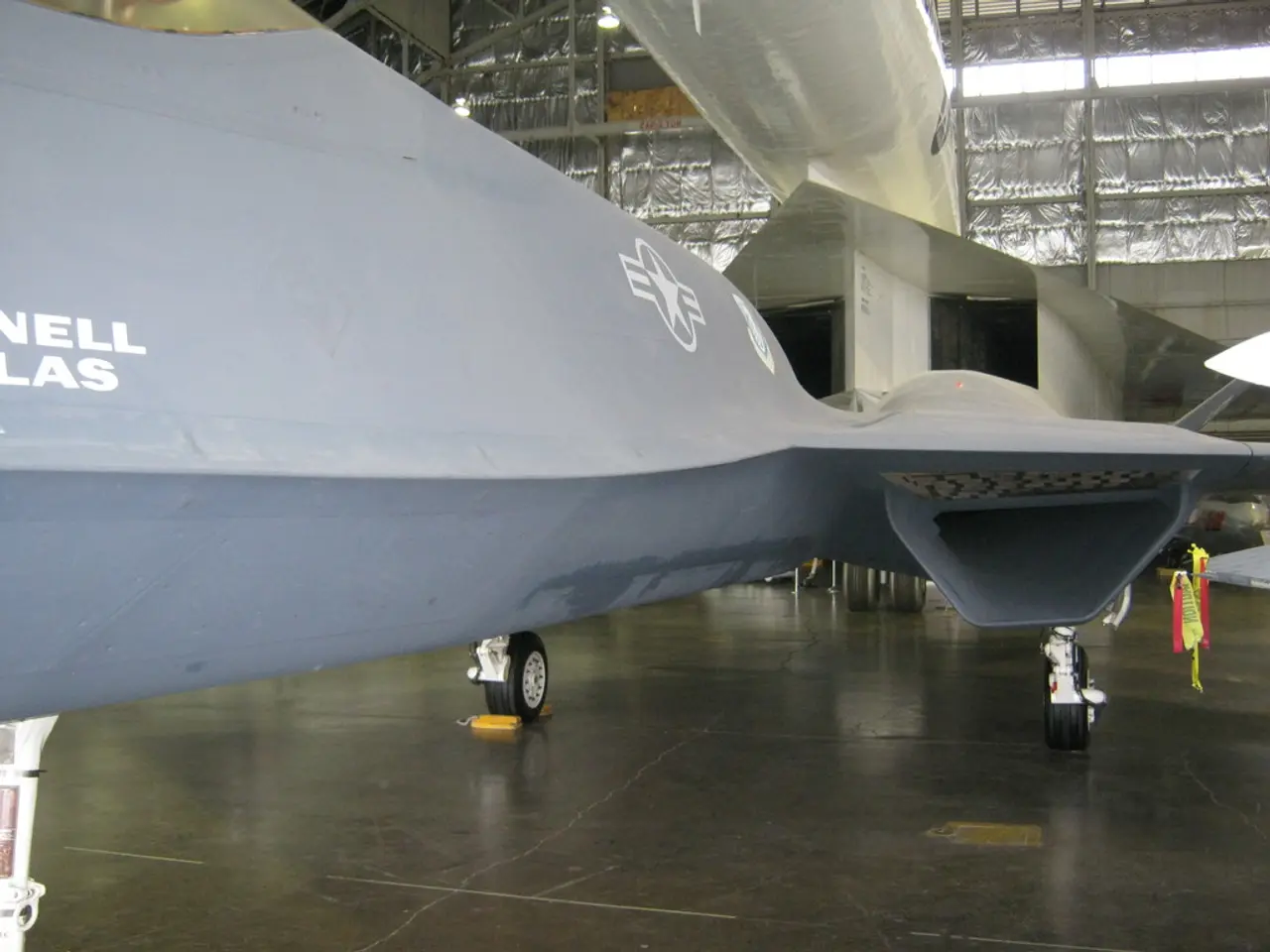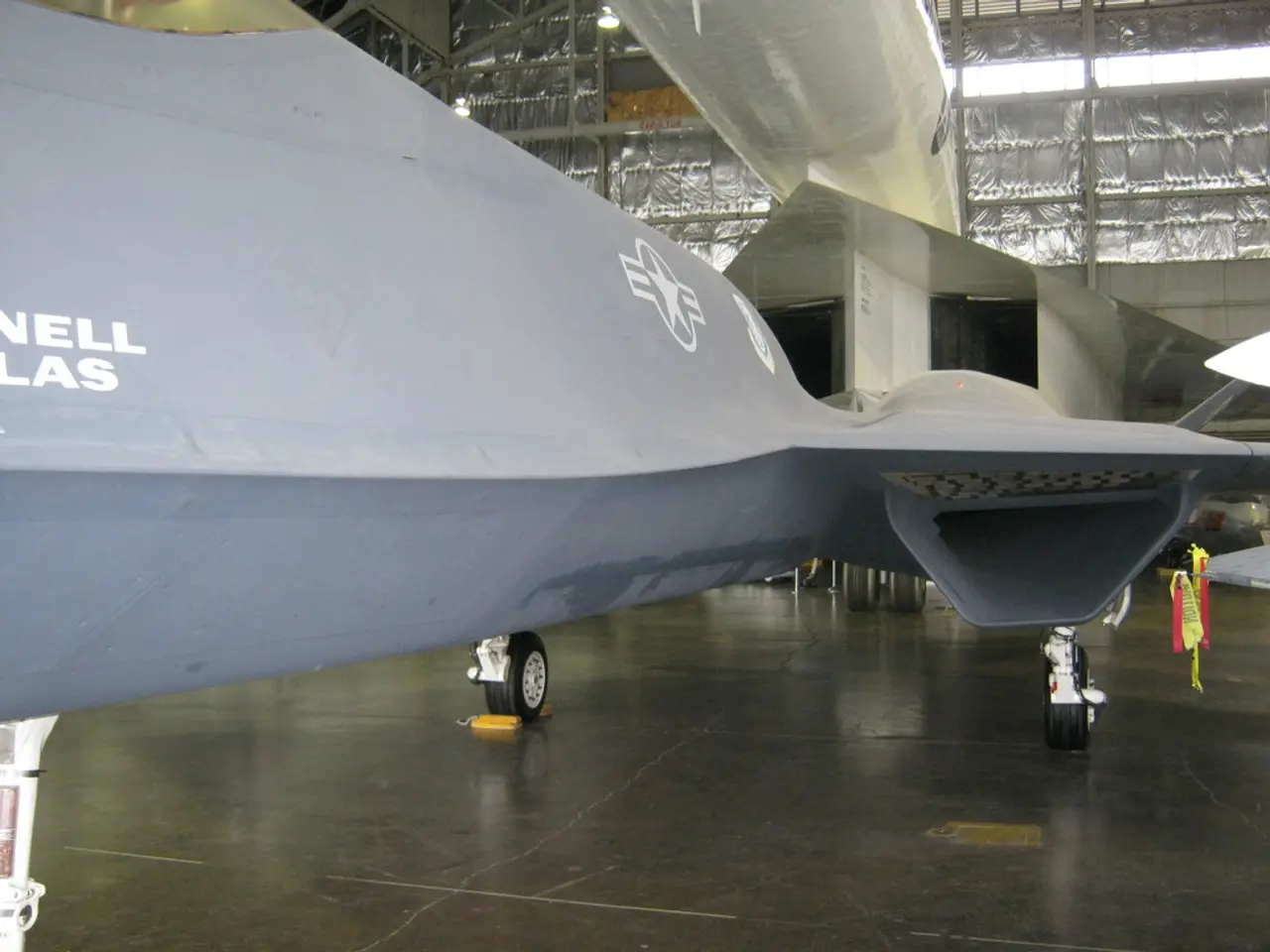Airline Giant Boeing Criticized Heavily in Severe Report Due to Alaska Airlines' Extreme Cabin Pressure Mishap
In January 2024, Alaska Airlines Flight 1282, operated by a Boeing 737 MAX 9, experienced a sudden cabin decompression at approximately 16,000 feet. The incident, which occurred on 5th January, resulted in a gaping hole in the fuselage due to the separation of one of the cabin windows/emergency exits, its holding panel, and parts of an unoccupied seat (seat row 26).
The National Transportation Safety Board (NTSB) has determined that the probable cause of the accident was Boeing's failure to provide adequate training, guidance, and oversight to ensure that securing bolts and hardware were reinstalled correctly after being removed during the manufacturing process. Specifically, the left mid-exit door plug had been removed to address rivet deficiencies and was reinstalled without the required retaining bolts or proper documentation.
The investigation further revealed that four bolts that secured the left mid-exit door plug were missing before the aircraft was delivered to Alaska Airlines. This systemic non-conformance issue in Boeing’s manufacturing process was not caught by the Federal Aviation Administration (FAA) due to inadequate compliance and enforcement surveillance, audit planning procedures, and records systems.
The incident resulted in a rapid cabin depressurization at about 14,830 feet, forcing the flight crew to declare an emergency and return to Portland International Airport. Despite the challenging circumstances, both pilots immediately donned oxygen masks, declared an emergency with air traffic control, and were cleared to descend to 10,000 feet. The first officer completed the rapid decompression checklist while the captain flew the aircraft back to Portland, where it landed safely without further incident.
Eight people sustained minor injuries, but all passengers and crew survived. During the incident, the flight crew experienced sudden decompression, causing their ears to pop, dislodging their headsets, and making communication difficult due to noise. The flight deck door blew open, making communication even more challenging. Oxygen masks deployed throughout the cabin, and loose items were sucked out.
The final report into the accident, released on 10 July 2025, places the blame squarely on Boeing and the FAA. The report also found that Boeing's Business Process Instruction for performing parts removals lacked clarity, conciseness, and ease of use, contributing to the accident.
The NTSB executive report concluded that the FAA's ineffective compliance enforcement surveillance and audit planning activities also contributed to the accident. The report emphasised the need for improved training, guidance, and oversight in the aviation industry to prevent similar incidents in the future.
- The general-news headlines in January 2024 revealed an airline disaster involving Alaska Airlines Flight 1282, highlighting the industry's dependence on the finance sector for aircraft manufacturing, as the cause was found to be Boeing's failure to adhere to safety standards.
- The transportation sector faced immense scrutiny and criticism following the Alaska Airlines incident, as the National Transportation Safety Board (NTSB) report highlighted Boeing and the Federal Aviation Administration's (FAA) systemic non-conformance issues, which compromised safety protocols.
- The aviation industry, in the face of the Alaska Airlines Flight 1282 mishap, was urged to implement stricter safety measures and improve training, guidance, and oversight, especially in light of Boeing's Business Process Instruction deficiencies that contributed to the tragic accident.







